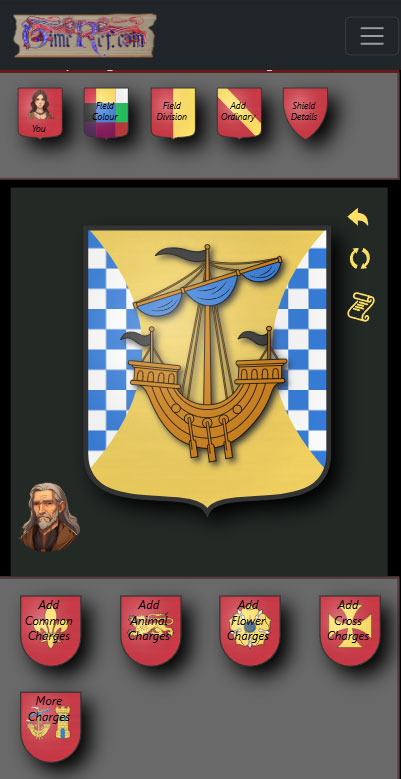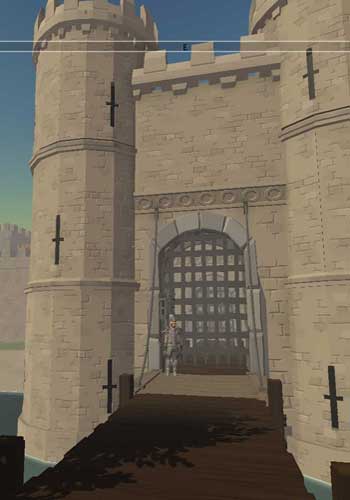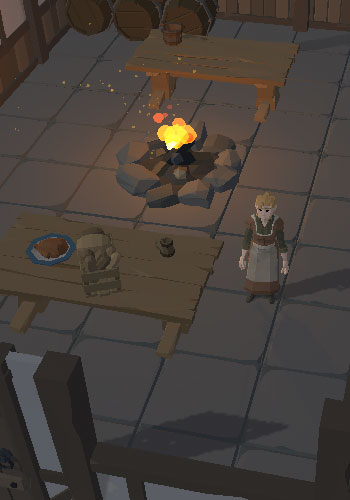 erkeley Castle is special because, apart from a short period in the ownership of the crown, it has remained in the ownership of the same family since Norman times. In Saxon times the site was the location of a nunnery. Harold Godwinson obtained the land by corrupting the nuns with a carefully laid plan involving a 'young man of great beauty' sent to the nunnery pretending to be ill. After the Norman Conquest the land was granted to William Fitz Osbern, a follower of William the Conqueror. Under his command Roger de Berkeley of Coberley built and a simple motte and bailey castle on the site. In the reign of King Henry II Berkeley Castle was granted to Robert FitzHarding a supporter of his through the conflict with King Stephen. It is around this time that the wooden castle was replaced with stone. Robert's son Maurice married Alice de Berkeley ensuring that the ownership of the castle remained in the Berkeley family.
erkeley Castle is special because, apart from a short period in the ownership of the crown, it has remained in the ownership of the same family since Norman times. In Saxon times the site was the location of a nunnery. Harold Godwinson obtained the land by corrupting the nuns with a carefully laid plan involving a 'young man of great beauty' sent to the nunnery pretending to be ill. After the Norman Conquest the land was granted to William Fitz Osbern, a follower of William the Conqueror. Under his command Roger de Berkeley of Coberley built and a simple motte and bailey castle on the site. In the reign of King Henry II Berkeley Castle was granted to Robert FitzHarding a supporter of his through the conflict with King Stephen. It is around this time that the wooden castle was replaced with stone. Robert's son Maurice married Alice de Berkeley ensuring that the ownership of the castle remained in the Berkeley family.The Keep and Bailey
The stone keep that replaced the original wooden stonghold was not built on top of the motte but was built around it enclosing the motte in stone. This is commonly known as a shell-keep. Projecting from the keep are three half-towers and a larger rectangular tower, known as Thorpe's Tower, on the northern side. Thorpe's Tower overlooks the church not very far away. The bailey lies to south of the keep and is protected on its southern side by a steep cliff. The original Norman buildings have been replaced by later buildings.Edward II
The castle is noted for its association with Edward II. Edward was imprisoned in April 1327 within the castle. Locked in its prison he was half staved to death and later murdered. He had been disposed by his wife Isabella and her lover Roger Mortimer. Isabella, known as the She-Wolf of France, hated her husband due to the favouritism he first showed to Piers Gaveston and later to Hugh Despenser. She wanted to put their young son Edward (III) on the throne of England so that she could act as regent.The Civil War
During the English Civil War Berkeley Castle was held at different times by both Parliamentarian and Royalist forces. While the castle was held by the Royalists it came under siege by Colonel Rainsborough. The siege was over within days after the Parliamentarians brought in canons to destroy a section of the wall belongng to the keep. The attacking army used the protection of the near by church from which to launch their bombardment. Although the castle should have been destroyed as was usual after a capture it was left relatively untouched.















